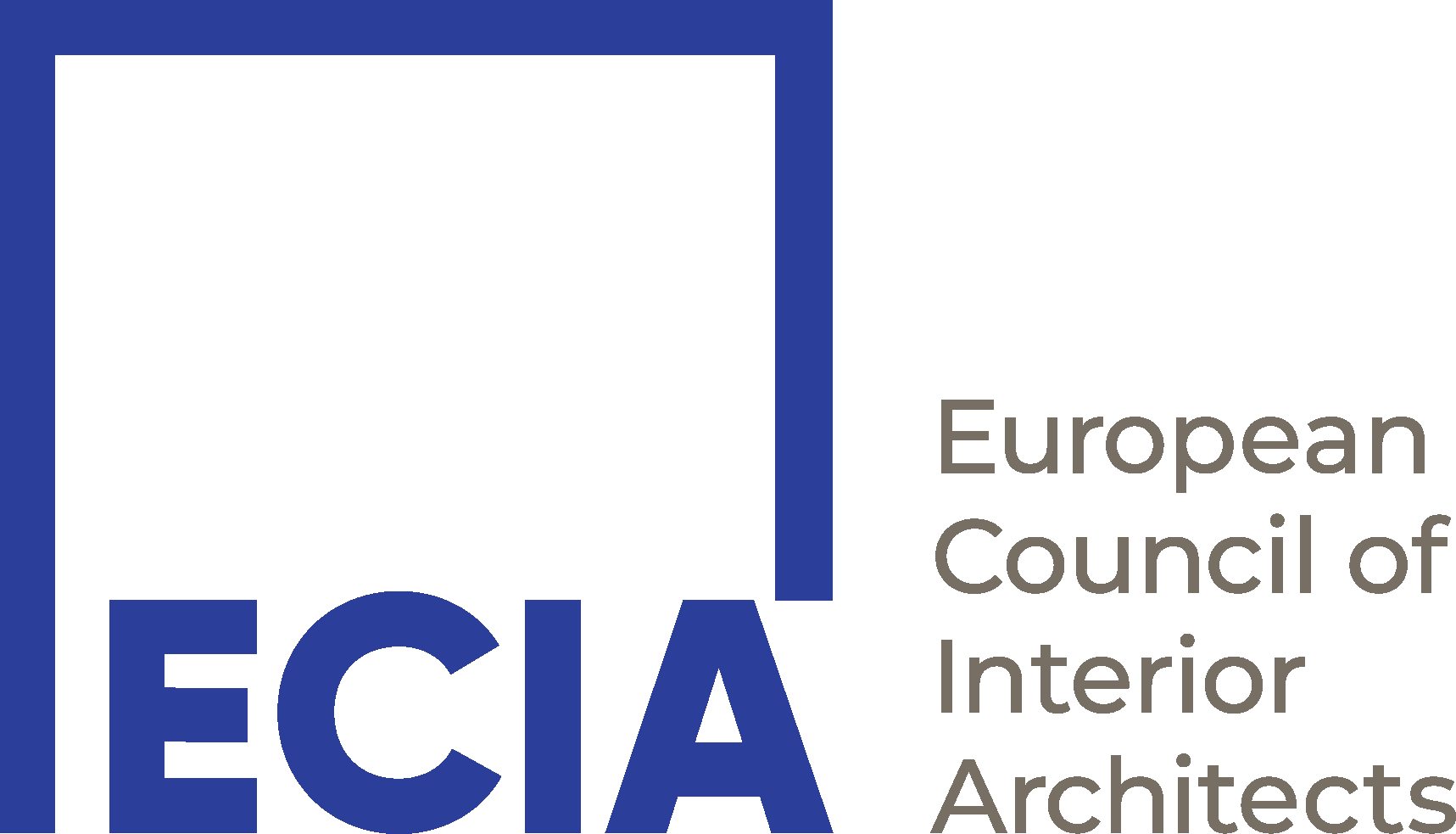History
ECIA background
The European Council of Interior Architects was originally set up by the European members of IFI (the International Federation of Interior Architects/Designers) in the early 1990’s, responding to the establishment of an open internal market in the countries of the European Union. In 1987 a European Directive came into effect regulating the profession of Architects. As a result, some countries like the Netherlands and Germany, simultaneously adopted the legislation of the title of Interior architect while other countries, like the United Kingdom, France and Italy, restricted the use of the title Architect to registered architects only, preventing the interior architects to use the suffix –Architect.
It was generally recognized that the European unity was becoming more and more a factor that affected legislation, enterprise and everyday life in the member states. The idea of an open market with free exchange of people, ideas, services and goods turned on our spirits, and the prospect of pan-European recognition of the profession appealed to most of Interior Architects.
So, after an IFI forum in Maastricht, the Netherlands in November 1990, a working group was established, which eventually led to the establishment of ECIA in 1992. ECIA’s main goals where to set standards for education, training and qualification of Interior Architects, and to foster professional conduct and competence on an European level.
ECIA set to work with great commitment, but soon realized the enormity of task. Design and Interior Architecture were never a political issue, the European culture was more diverse than expected and the EU was acting on many different levels. It soon became apparent that the issues that greatly concern Interior Architects and Designers, such as the subject of copyrights, in the inter-governmental discussions were more inspired by the huge economical interests of industry patents in i.e. car industry rather than by safeguarding exclusive furniture and interior designs. The hope for recognition and legislation of the profession soon went up in smoke, as the European Union embraced the free market principle and started a deregulation process.
Meanwhile, the national organizations that formed ECIA had found common ground, and gradually started a program of self-regulation of the profession. In 2000 the ‘European Charter of Interior Architecture Education’ was signed by all ECIA members, setting a detailed standard for training and competence. Two years later a working group was established to identify obstacles in the cross border practising of the profession, and to prepare proposals for an ECIA policy on the professional exchange among Interior Architects. ECIA questionnaires where compiled by all national organizations, from which two conclusions could be drawn immediately. National organizations, in their effort to secure the quality level of the professional practice of Interior Architecture, set up rules and regulations that hinder the access of practitioners from abroad. Also some local governments set up flanking legislation to secure the health, safety and wellbeing of the people, that hinder the practising of the profession. For instance in some countries the application for a building permit is reserved to certain professionals, generally not including Interior Architects., although they have a competence to do so.
With the celebration of the 25 years of existence in 2017, ECIA is grown to an active organisation of 16 national European member organisations of interior professionals. National registration institutes are connected after a statute change in 2012.
During the years the attention is more and more focused on self-regulation. ECIA is involved in the process of making a “common training framework” in the Brussels systems; our common educational standards regulated in the European Charter of Interior Architectural training (latest revision 2020) will be the basics for this framework in the future.
